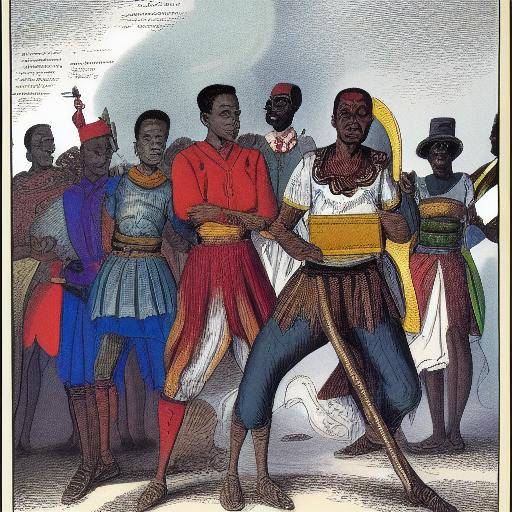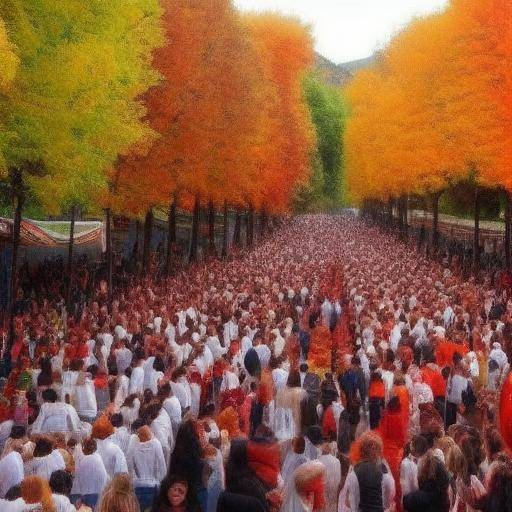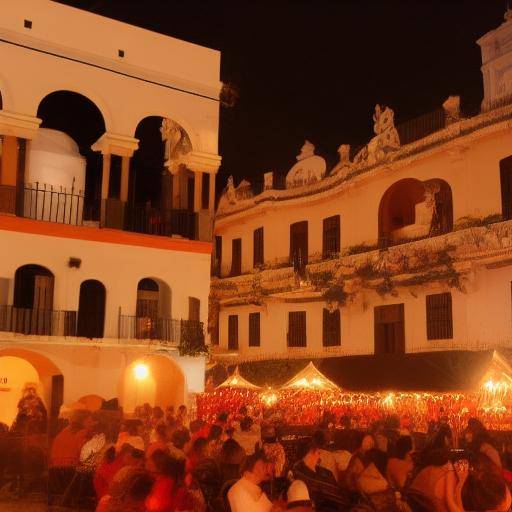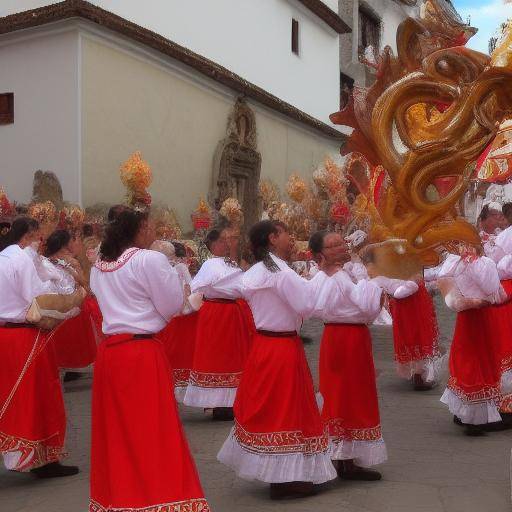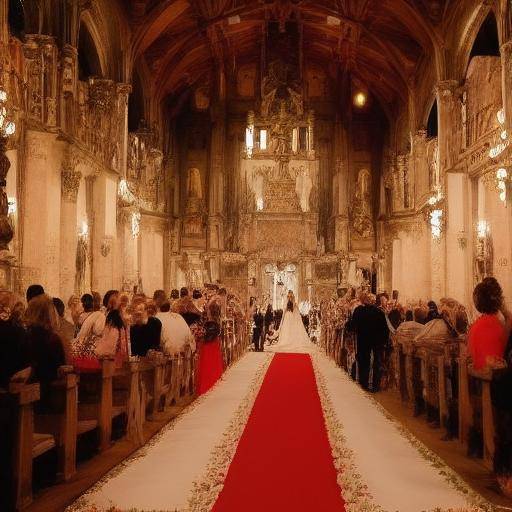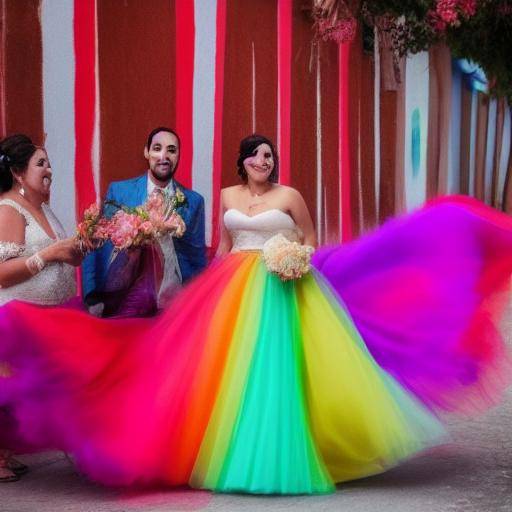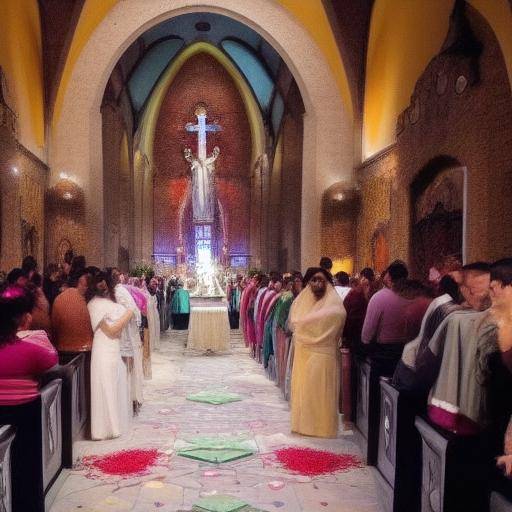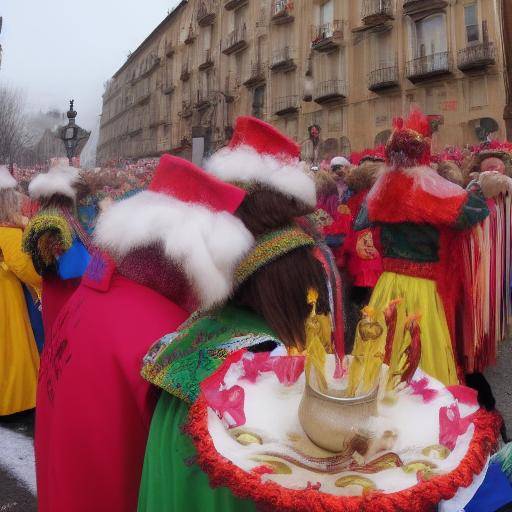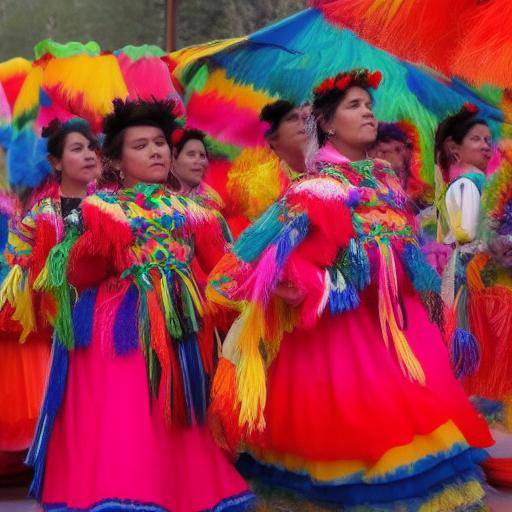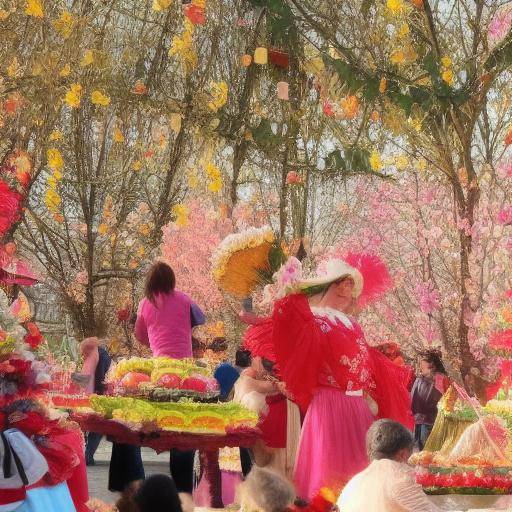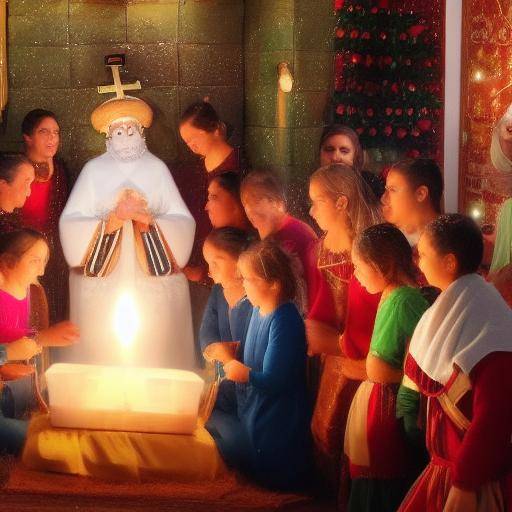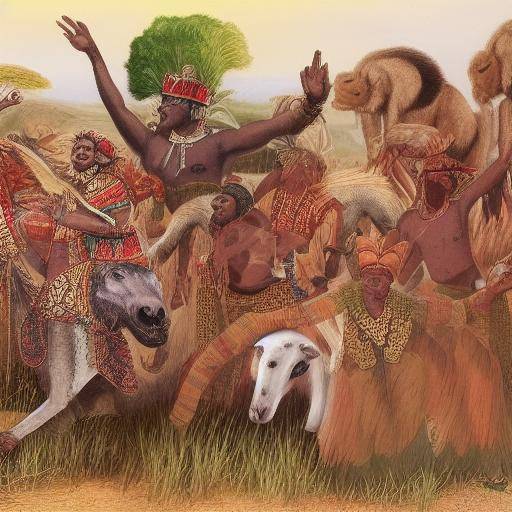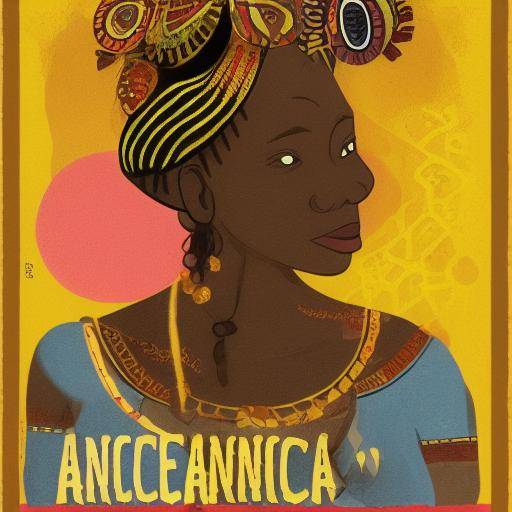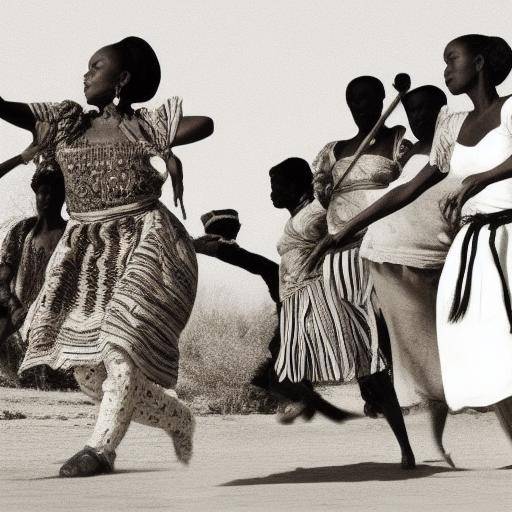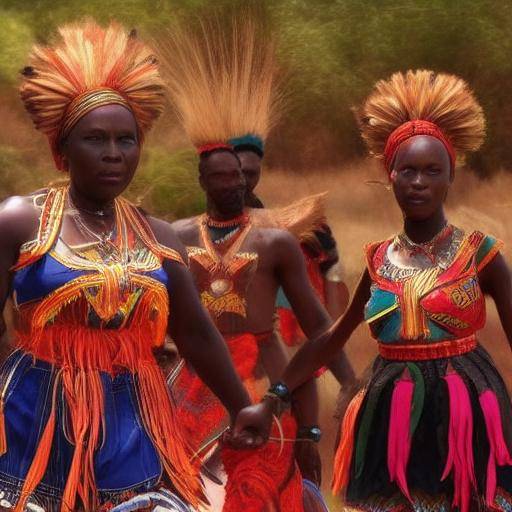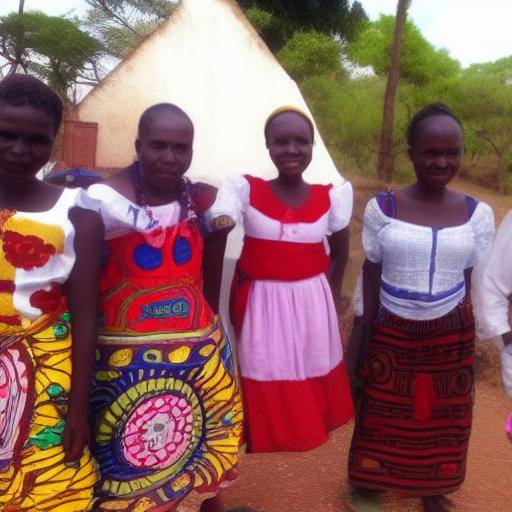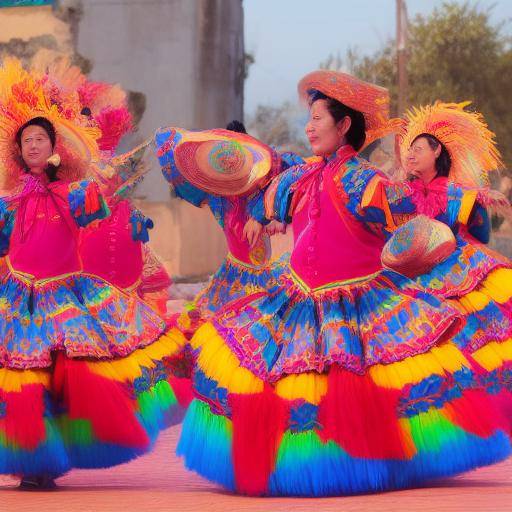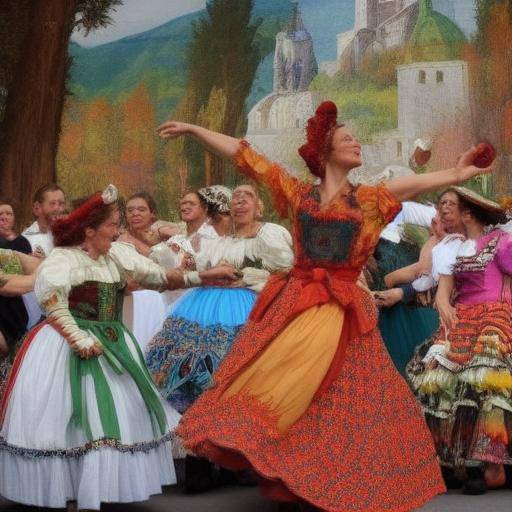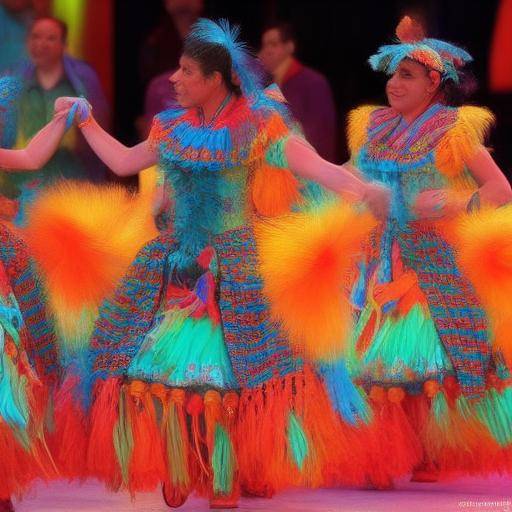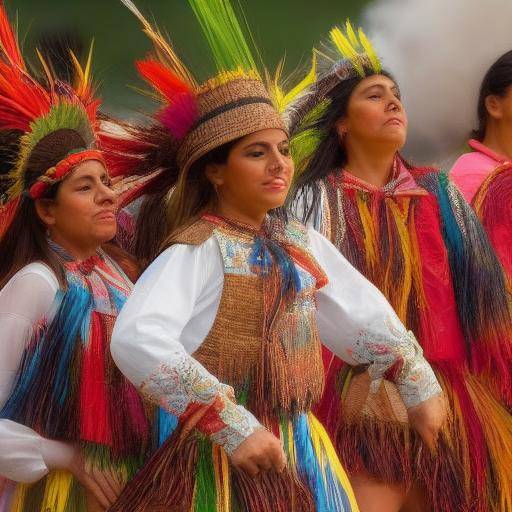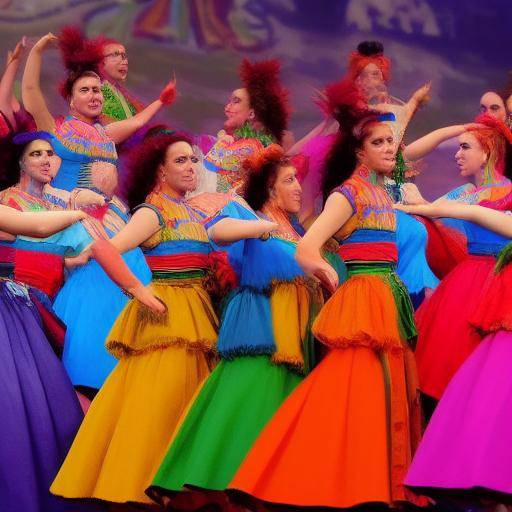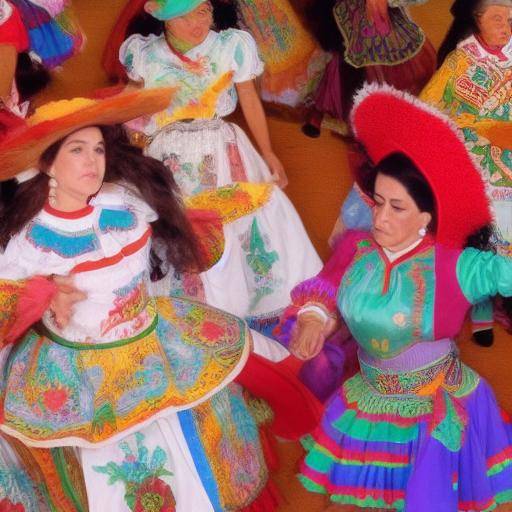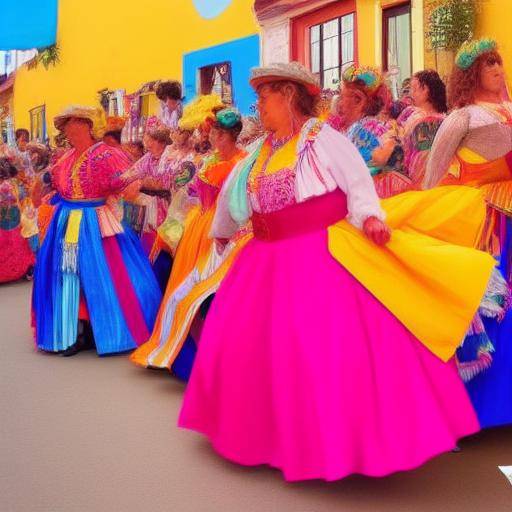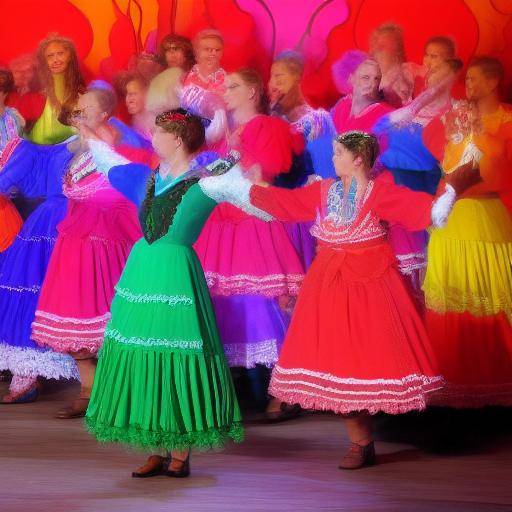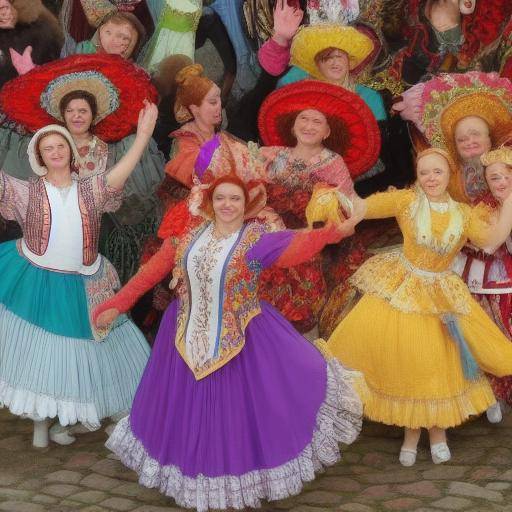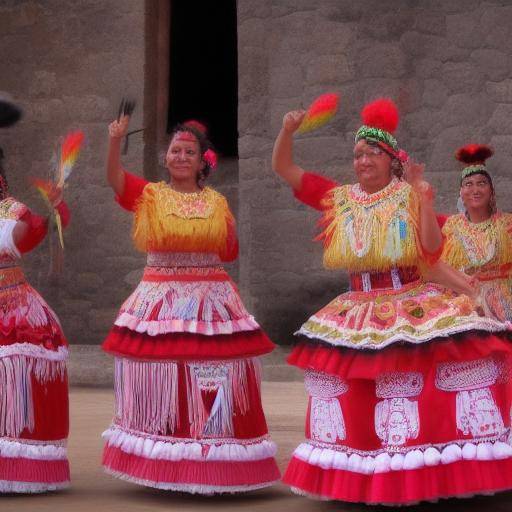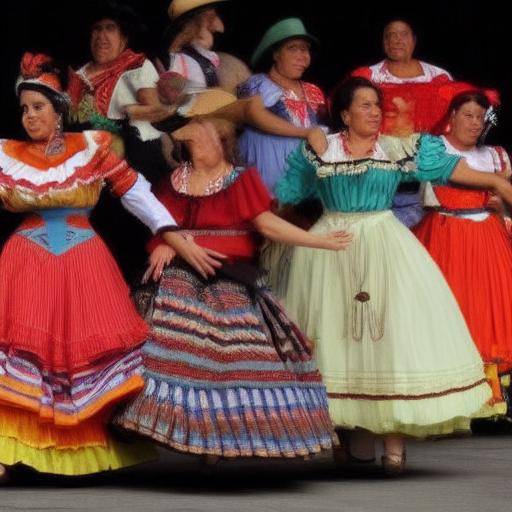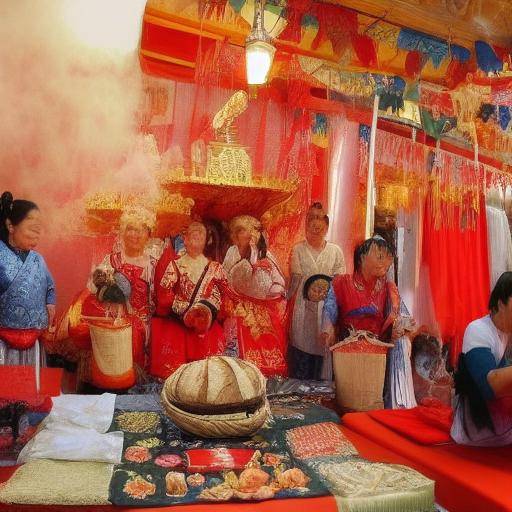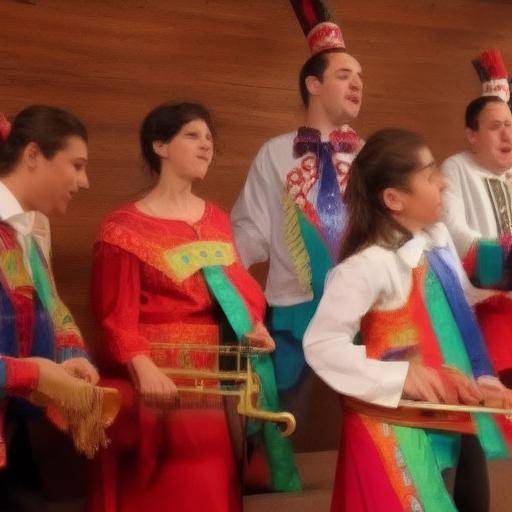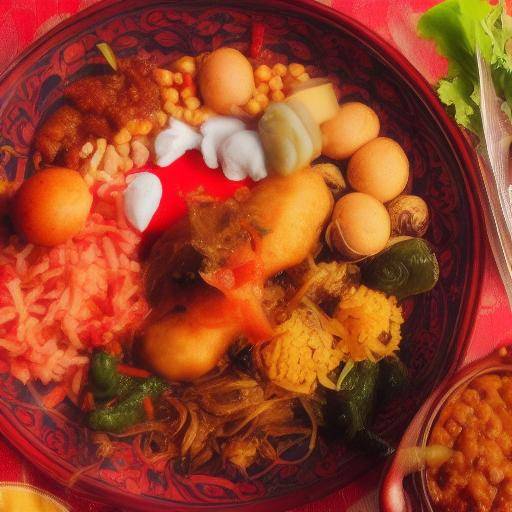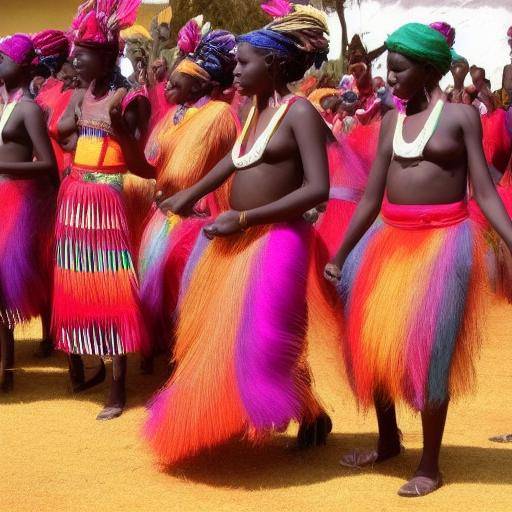
African folklore is a true cultural treasure that houses deeply rooted traditions, beliefs and artistic expressions in the society of the continent. One of the most intriguing elements of this rich legacy is the symbolism of colors, which plays a significant role in the narratives, rituals and daily practices of various African communities. In this article, we will explore in detail the fascinating and enigmatic world of color symbolism in African folklore, its historical importance, associated traditions and its relevance in the contemporary context. Prepare to discover a universe of deep and vibrant meanings that enrich Africa's cultural heritage.
Exploring the symbolism of colors in African folklore
Since time immemorial, colors have been bearers of symbolic meanings in African cultures, transcending the mere visual aspect to become powerful vehicles of expression and communication. Each chromatic tone and combination contains a message that goes beyond the barriers of spoken language. The colors not only embellish the tangible world, but also weave an intricate tapestry of meanings that brings depth and cohesion to African cultural practices. Let us discover together the symbolic wealth that lies behind this palette of ancestral colors, inherited from generation to generation over the centuries.
Historical significance of colors in African folklore
The symbolism of colors in African folklore finds its roots in the ancient traditions and beliefs of the many communities that have populated the continent throughout history. Each chromatic tonality was impregnated with meanings that were transmitted through stories, rituals and artistic manifestations. The colors not only decorated the environment, but also communicated values, creation myths, spiritual concepts and sociocultural designations. From the intense red of the African earth to the blue serene of the sky, each colour had a unique narrative that contributed to the collective identity and understanding of the world.
Red: Power and Vitality
The red color is one of the most significant in African symbolism. It represents life, strength and vitality, as well as power and war. In many African cultures, red is associated with blood and, by extension, with life itself and ancestral lineage. During rituals and ceremonies, red is used to invoke the protection of spirits and to symbolize energy and dynamism. It can also be a symbol of struggle and resistance, representing the sacrifice and courage of the warriors.
White: Purity and Spirituality
White is often associated with purity, spirituality and peace. In many rituals and ceremonies, white is used to represent the connection with the divine and the sacred. It is the colour of ancestors and spiritual purity, and it is used in purification ceremonies and religious festivities. In some cultures, white is the color of funerals, symbolizing the return of the spirit to the spiritual world and the hope of life after death.
Black: Mystery and Transformation
Black is a color that contains many meanings in African folklore. It is often associated with the mystery, the night and the world of spirits. It is the color of fertile land and transformation, representing both death and rebirth. In many communities, black is a protective color, used to chase away evil spirits and to mark respect for ancestors. It also symbolizes strength and resilience, reflecting the capacity of the community to overcome adversities.
Green: Growth and Nature
Green is a color that symbolizes life, nature and growth. It is associated with land, plants and fertility. In many African cultures, green represents abundance and prosperity, and is used in rituals to ensure good harvests and soil fertility. It is the color of renewal and rejuvenation, reflecting the deep connection of communities with the earth and the cycle of life.
Blue: Peace and Protection
Blue is a color that symbolizes peace, calm and protection. It is associated with sky and water, fundamental elements in many African traditions. Blue is used in rituals to invoke divine protection and to ensure peace and tranquility. It can also represent truth and clarity, reflecting the honesty and integrity of the community.
Yellow: Rice and Prosperity
Yellow is a color that symbolizes wealth, prosperity and joy. It is associated with sun and gold, elements that represent light, vitality and abundance. In many African cultures, yellow is used in ceremonies and celebrations to attract good fortune and to symbolize generosity and happiness. It is the colour of celebration and life in full.
Relevance in the Contemporary Context
The symbolism of colors in African folklore remains relevant in the contemporary world, reflecting the continuity and evolution of cultural traditions. In fashion, art and design, traditional colors are used to express identity and creativity, and to connect the past with the present. The festivities and rituals continue to incorporate these chromatic meanings, keeping alive the cultural and spiritual heritage of African communities.
Fashion and Design
In contemporary fashion and design, African traditional colors are used to create pieces that celebrate cultural identity and ancestral heritage. African and international designers incorporate these colors into their collections, creating a bridge between ancient traditions and modern expressions. Hand-woven fabrics and vibrant patterns reflect the rich history and symbolism of colors in African folklore.
Art and Literature
Contemporary African art and literature also reflect the symbolism of colors, using nuances and tonalities to convey profound and emotional messages. Visual artists use symbolic colors in their works to explore themes of identity, spirituality and resistance. In literature, colors are used to enrich narratives and evoke powerful and significant images.
Holidays and Rituals
The festivities and rituals in contemporary Africa remain a platform for the expression of colour symbolism. Cultural celebrations, such as weddings, funerals and initiation ceremonies, incorporate traditional colors to mark significant moments in community life. These events are an opportunity to reaffirm cultural identity and to keep ancestral traditions alive.
Conclusion
The symbolism of colors in African folklore is a rich and multifaceted expression of the cultural identity, spirituality and history of African communities. Each colour, with its unique meanings and nuances, contributes to a vibrant upholstery of traditions and beliefs that have endured over the centuries. In the contemporary world, these colors remain a source of inspiration and a powerful link to the past, reflecting the continuity and evolution of African cultural heritage.

